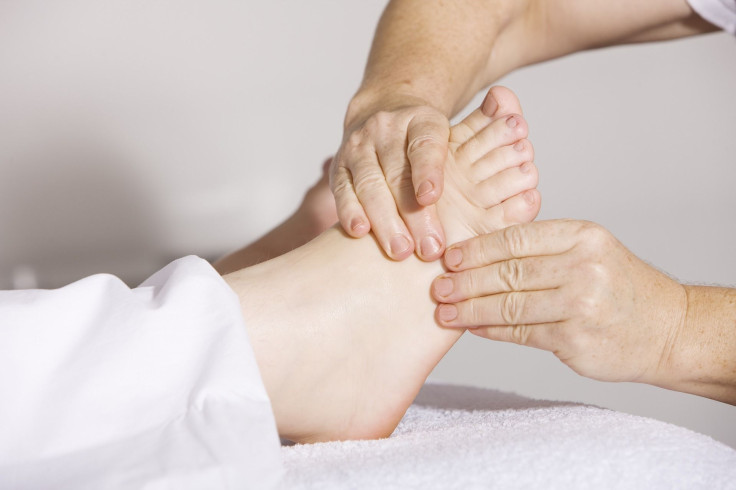Restless Legs Syndrome May Lead To Self-Harm And Increase Suicide Risk, Study Says

People with Willis-Ekbom Disease or Restless Legs Syndrome (RLS) are likely to be at a greater risk of suicide, suicidal thoughts and self-harm, a study claimed. The study found an association between this disorder and the risk of self-harm as well as suicide.
RLS is a sleep-related movement disorder that is known best for its unpleasant and overwhelming urges to move the legs while at rest, according to the National Sleep Foundation. One in every 10 American adults is suffering from this disorder, which is also known as Willis-Ekbom Disease.
The research that was published in the medical journal JAMA Network Open last month stated that nearly five percent of American adults are affected by this sleep-related movement disorder that is called RLS.
The study that was led by Xiang Gao of the Pennsylvania State University College of Medicine in University Park said RLS is considered to be a neurologic disorder. The research team further said this disorder has been tied to depression and disturbed sleep.
Though the researchers have suggested an association between RLS and increased risk of developing depression through their previous studies, this is the first time they focused on this syndrome as an independent cause for increased risk of suicide and self-harm.
Through the study, Gao and team wanted to explore the association between RLS and suicide risk mainly because there is a rapid rise in the number of suicidal deaths among Americans.
According to the American Foundation for Suicide Prevention (AFSP), it is the 10th leading cause of deaths in the United States. While a total of 47,173 people died in the country by committing suicide in 2017 and over 1,400,000 suicide attempt cases were reported in the same year, the foundation noted.
For the study, the research team analyzed data of more than 169,000 healthy adults who did not have a history of suicidal thinking, self-harm or any kind of chronic illnesses, like cancer or heart disease, at the beginning of the study.
All the participants in the study were enrolled in the U.S. commercial medical, dental and pharmacy insurance plans between the years 2006 and 2014. Of all the participants, a total of 24,000 individuals were diagnosed with RLS.
During the analysis, the research team found out that people with RLS were also diagnosed with depression and they were using antidepressant medicines. They were mostly from rural areas and had chronic obstructive pulmonary disease. They consumed alcohol and were reported to have other chronic illnesses, like insomnia, sleep apnea, kidney disease, hypertension, diabetes, and neurological disorders.
During the study period, a total of 119 self-harm and suicide cases were reported. So, the researchers looked further into the other factors that can lead to suicide and self-harm, including depression, diabetes, insomnia, alcohol abuse, and obesity.
Their findings suggested that people with RLS were nearly three times more likely to be at risk of suicide and self-harm than those who were not suffering from this disorder. When the research team excluded people with insomnia, depression, chronic medication use and obstructive sleep apnea from their study, they found out that the association between self-harm or suicide and RLS were more than four-folds.
“It suggests that RLS, per se, could be a risk factor for suicide or self-harm, independent of depression and sleep disorders which are commonly seen among RLS patients,” the lead researcher told Reuters.
However, the study has its own limitations mainly because it was not designed to find out how RLS is directly or indirectly contributed to the risk of self-harm or suicidal thinking. The research team also noted the medical insurance data may miss people with undiagnosed self-harm or suicidal episodes and those with undiagnosed RLS.
© Copyright IBTimes 2024. All rights reserved.





















